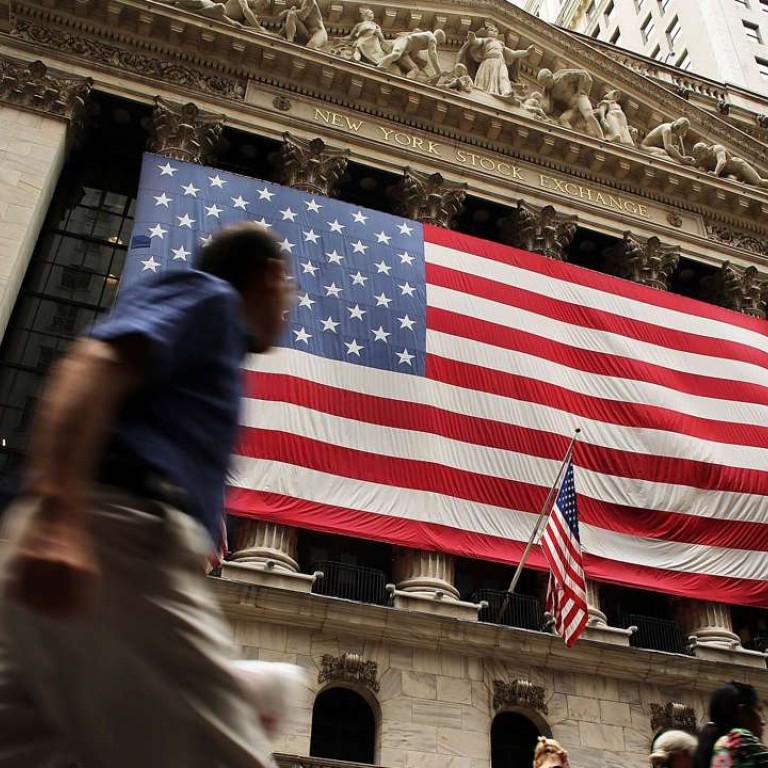
US politics and the Fed could deliver a dose of double trouble for markets
Expect choppy trading conditions over the next six weeks and beyond
An eerie calm seems to be descending on markets ahead of the US presidential elections.
Cross-market volatility seems reasonably subdued, with currencies, bonds and stocks keeping in a fairly moderate holding pattern. It is not so much that markets are becoming complacent, but more a sign that investors are left wondering what to do next.
It could well be the calm before the coming storm. It is often said there is nothing as uncertain as a sure bet and while the prospect of a Hillary Clinton presidency is gaining stock, nothing yet is set in stone.
As Britain’s Brexit referendum proved to the world, betting on the “most likely” outcome can at times prove extremely risky. Donald Trump is far from down and out until the last vote is counted. Until then the markets remain stuck, waiting with bated breath.
While the US election result is critically important to global markets, the world is still bogged down by the same big problems. World growth losing momentum, trade frictions running high, geopolitical risks boiling over, global policymaking losing its way and hyper-inflated financial markets stretching the bounds of fundamental credibility remain uppermost concerns.
The outcome of the US presidential elections will be important, but it is probably safer to say the US Federal Reserve holds much more sway over the fate of world financial markets in the coming months. Considering the gloomy backdrop of global risks, the Fed’s much-anticipated December 13-14 rate policy decision will have profound implications for markets.
With currencies, bonds and stocks keeping in a fairly moderate holding pattern. It is not so much that markets are becoming complacent, but more a sign that investors are left wondering what to do next
Thanks to the Fed’s whispering campaign over recent months, market expectations have swung to the likelihood of higher rates at December’s meeting. Market forecasts are about 75 per cent certain of a rise in rates next month, but the key is how much more may be on the way in future.
The arguments for tightening look convincing. The US economy is expanding at a very strong pace, with third-quarter GDP growth jumping to 2.9 per cent after a subdued 1.4 per cent rate in the second quarter. Meanwhile labour markets are running close to full employment and, even though inflation pressures seem placid at the moment, the Fed will be worried about future upside risks considering monetary policy remains at maximum thrust.
December seems an appropriate moment for another upward nudge on the interest rate tiller. The US elections will be out of the way and the Fed will feel free to tighten rates again, moving a step closer to its ultimate goal of normalising monetary policy with official rates targeted somewhere in the 3 to 4 per cent range in the longer term. It is not asking a lot, but it could still pose severe strains on future financial market stability.

The sell-off in US debt markets in recent weeks is hardly the ‘bloodbath’ that some pundits have alluded to, but there is a growing possibility that the 35-year bull market for US Treasury bonds has finally been derailed. It is early days yet, but long bond yields have already risen 50 basis points since the 2.1 per cent record low in July and look set to go a lot higher as the Fed resumes tightening its grip on super-stimulus.
It is early days yet, but long bond yields have already risen 50 basis points since the 2.1 per cent record low in July and look set to go a lot higher as the Fed resumes tightening its grip on super-stimulus.
That is not good news for global capital markets which have become increasingly over-reliant on a seemingly endless supply of cheap and easy money from the Fed and other major central banks over the last 8 years. It could signal that the party is finally at an end for global stocks and bonds.
Higher long term yields means US mortgage rates are set to go higher, sapping US consumer confidence, dampening housing market demand and hurting growth in the process. Meanwhile, with rising euro-dollar libor rates bumping up global borrowing costs in a grossly indebted world economy, it is easy to envisage why stock markets could end up extremely vulnerable.
In the worst case scenario, US politics and the Fed could deliver a dose of double trouble for markets. Investors should expect choppy trading conditions over the next six weeks and beyond.
David Brown is chief executive of New View Economics

